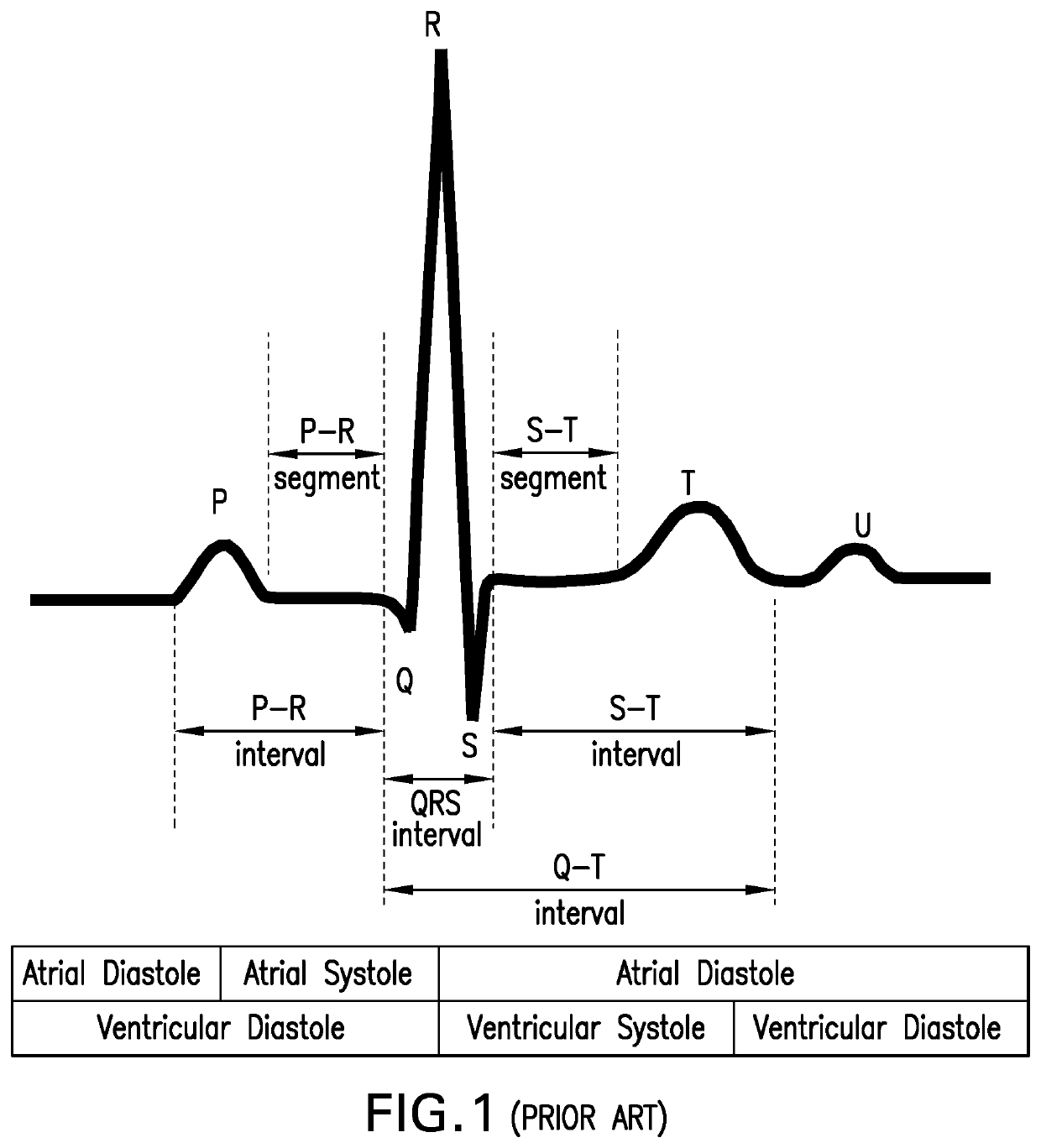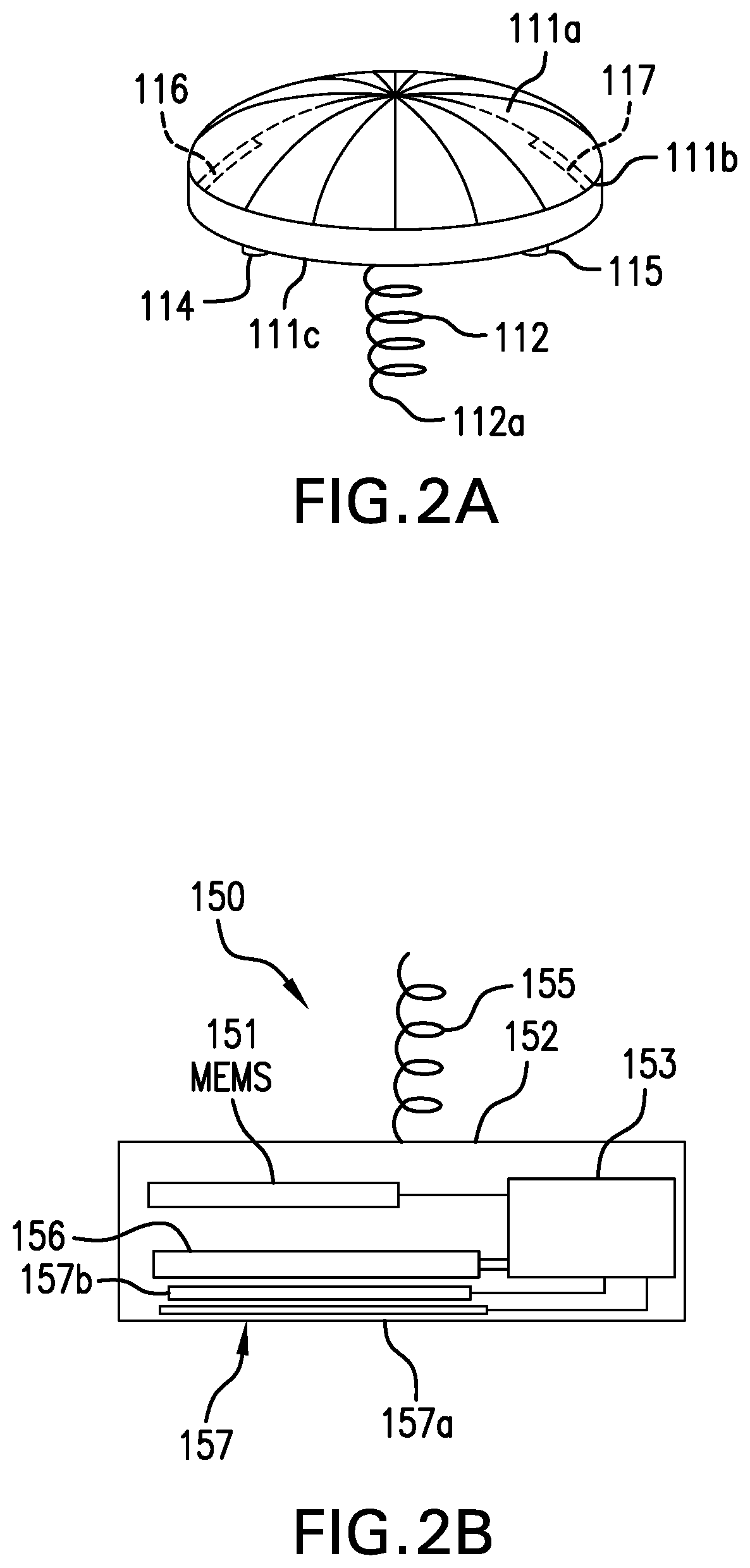Systems, methods, and devices for treating bradyarrhythmias, tachyarrhythmias and heart failure
a technology of bradyarrhythmia and tachyarrhythmia, applied in the field of cardiac medicine, can solve the problems of heart failure, heart failure occurs, and the heart cannot keep up with the demand, and achieve the effect of preventing the tracking of paroxysmal atrial tachycardia and preventing a rapid ventricular paced ra
- Summary
- Abstract
- Description
- Claims
- Application Information
AI Technical Summary
Benefits of technology
Problems solved by technology
Method used
Image
Examples
Embodiment Construction
[0083]A method, system and device is provided for treating and monitoring cardiac conditions, which involve providing a plurality of receivers arrangeable on the heart, and being wirelessly actuated and powered to deliver electrical impulses at locations of the heart at predetermined or desired time intervals, which may be in response to a sensed condition of the heart. The method, system and devices are utilized to treat and monitor conditions of the heart, among which may include bradyarrhythmias, tachyarrhythmias and heart failure. Some embodiments of the devices and systems provide a pacemaker device configured to harvest energy as it implements the pacemaker functions.
[0084]The devices are configured with circuitry and / or components that generate electrical impulses, and monitor electrical signals from sensor positions at the heart. For example, the system and devices may include chips containing software with instructions for obtaining information from the heart, monitoring an...
PUM
 Login to view more
Login to view more Abstract
Description
Claims
Application Information
 Login to view more
Login to view more - R&D Engineer
- R&D Manager
- IP Professional
- Industry Leading Data Capabilities
- Powerful AI technology
- Patent DNA Extraction
Browse by: Latest US Patents, China's latest patents, Technical Efficacy Thesaurus, Application Domain, Technology Topic.
© 2024 PatSnap. All rights reserved.Legal|Privacy policy|Modern Slavery Act Transparency Statement|Sitemap



